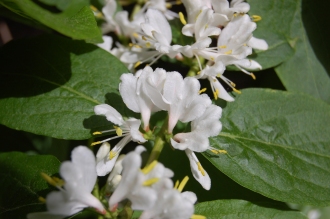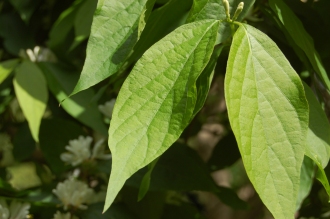Scabiosa caucasica (02/07/2016, Kew Gardens, London)
Position: Full sun
Flowering period: Summer
Soil: Moist, well drained
Eventual Height: 60cm
Eventual Spread: 60cm
Hardiness: 3a, 3b, 4a, 4b, 5a, 5b, 6a, 6b, 7a, 7b, 8a, 8b
Family: Caprifoliaceae
Scabiosa caucasica is a deciduous herbaceous perennial with a clump forming habit. Its mid green leaves are elliptic with entire margins, up t0 8cm long and 4cm across. Its pale blue flowers are up to 8cm across and borne on erect stems.
Scabiosa caucasica, commonly known as Caucasian Pincushion Flower, Pincushion Flower or Caucasian Scabious, is native to the Caucasus, north east Turkey and north Iran.
The etymological root of the binomial name Scabiosa is from the Latin meaning ‘scabby’ or ‘mangy’, in reference to this plants possible historic use as a cure for scabies. Caucasica is derived from the Latin meaning ‘from the Caucasus’.
The landscape architect may find Scabiosa caucasica useful as part of a mixed herbaceous planting scheme.
Ecologically, Scabiosa caucasica flowers are attractive to pollinating insects, including bees and butterflies.
The Royal Horticultural Society have given the varieties Scabiosa caucasica ‘Clive Greaves’ and Scabiosa caucasica ‘Miss Willmott’ their prestigious Award of Garden Merit in 1993.
Scabiosa caucasica prefers moist, fertile, well-drained soils. It tolerates most pH of soil. This plant dislikes wet soils.
Scabiosa caucasica requires little maintenance. The removal of spent flowers will encourage the production of more flowers.
![]()
Landscape Architecture













